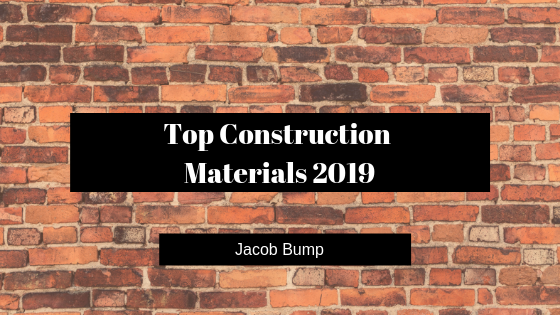Technology has advanced nearly all industries in some fashion. Construction is no exception. Developments in the functionality of construction materials have led to innovative approaches to designing and constructing buildings. Below are a few of the most promising materials that have grown in popularity so far this year.
Translucent Wood
To provide better natural lighting, solar energy capabilities, and a modern design element, scientists developed translucent wood, which has been stripped of color and engineered for aesthetic qualities and functionality. Translucent wood is more biodegradable than ordinary wood, and it can be used in place of windows to allow for softer natural light.
Self-Healing Concrete
With a projected 200-year lifespan, self-healing concrete could help reduce the emissions of greenhouse gases and as well as the need for frequent infrastructure repairs. When this concrete suffers a crack or break, it can readhere itself through heat and water. It has this capability because this concrete is made with a water-activated bacteria that will produce calcite when wet, allowing the concrete to effectively “heal” itself.
Aerographite
For more scientific applications, aerographite could be used on projects like purification systems and satellites. This material is atom-made and is 75 times as light as styrofoam; it also possesses the ability to become stronger when it is compressed and can bear up to 40,000 times its own weight. These qualities make aerographite ideal for structures that must withstand significant pressure or weight.
Brick Technology
As one of the classic modern building materials, bricks are great for all construction projects. However, they could still be improved upon. Three new innovations with bricks could help replace the traditional material with something more beneficial. Making bricks from cigarette butts to reduce the effects of littering and pollution and crafting bricks which actually act to filter external pollutants from the air are two innovations that have been introduced. For functionality, bricks can be assembled with hydrogel which works to cool down the interior of buildings by absorbing water and releasing it when temperatures rise. Bricks are effective construction materials, and these developments could help them maintain their influence and provide more advantages for residents.
